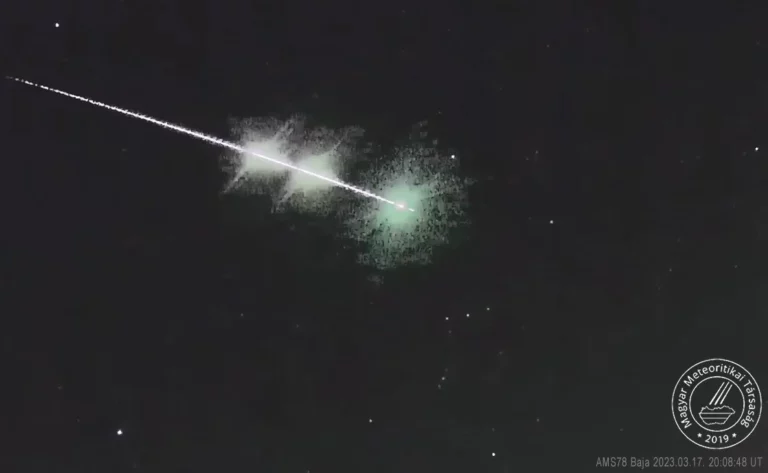space
Most spectacular shooting star shower of 2023 to be seen in Hungarian sky

Application deadline for the Hungarian space program extended

Get ready for the year’s only planetary occultation! Unique view in Budapest this week

Aurora borealis in Hungary: breathtaking videos and pictures were taken

Hungarian President seeks for allies in Texas

Hungarian astronaut goes into space after decades

Hungarian doctor will perform surgery on Mars?

Hungarian instrument could find water on the Moon soon

SpaceX rocket launches Hungarian satellite into space

US Ambassador Pressman slammed Orbán for his close ties with Putin again

Massive fireball exploded over Hungary, earthquake in Békéscsaba – VIDEO

Hungarian astronomer discovers hidden asteroid belts: are they dangerous for the Earth?

Photos: a dazzling aurora shone over Hungary

Hungary, Axiom Space in joint mission

PHOTO, VIDEO: Fireball exploded three times over Hungary!

Shortlisted applicants for Hungarian astronaut programme presented

VIDEOS: Hungarian astronaut will serve at the International Space Station next year

The Hungarian satellite is ready for launch!






